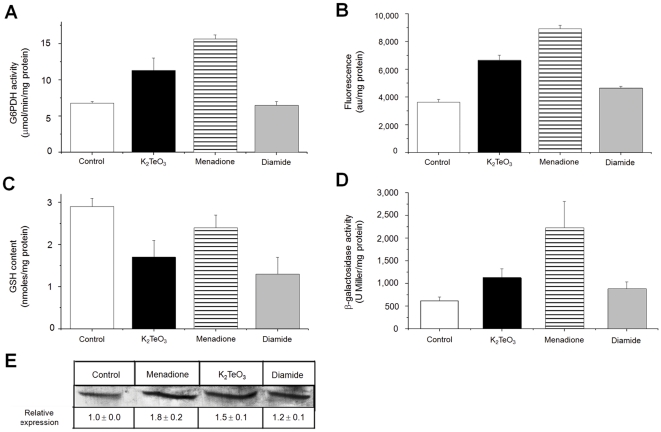Figure 1. Tellurite induces G6PDH because of ROS formation and not thiol depletion in E. coli.
(A) G6PDH activity was determined spectrophotometrically at 340 nm as described [49]. (B) Intracellular ROS levels were analyzed using the oxidation-sensitive probe H2DCFDA (2′,7′-dichlorofluorescein diacetate) using an Applied Biosystems equipment CytoFluor 4000 Fluorescence Multi-well Plate Reader (excitation 490 nm, emission 519 nm) and normalized to protein concentration. (C) GSH content was assessed as described previously [56] with modifications. (D) β-galactosidase activity was determined in extracts of the reporter E. coli GC4468 zwf::lacZ strain [42] by monitoring the hydrolysis of o-nitrophenyl-β-D-galactopyranoside as described [43]. (E) Western blotting of G6PDH was analyzed using a specific in-house made antiserum. Band intensities were analyzed using the Gel-Pro Analyzer Program software, version 3.1. Relative expression was referred to that of control cells. The strain used in A–C and E was E. coli BW25113. E. coli cells were left untreated (control, white) or treated with 2 µM tellurite (black), 100 µM menadione (horizontal stripes) or 500 µM diamide (grey) for 30 min. Values are the mean ± SD of 3–4 independent trials. au, arbitrary units.

